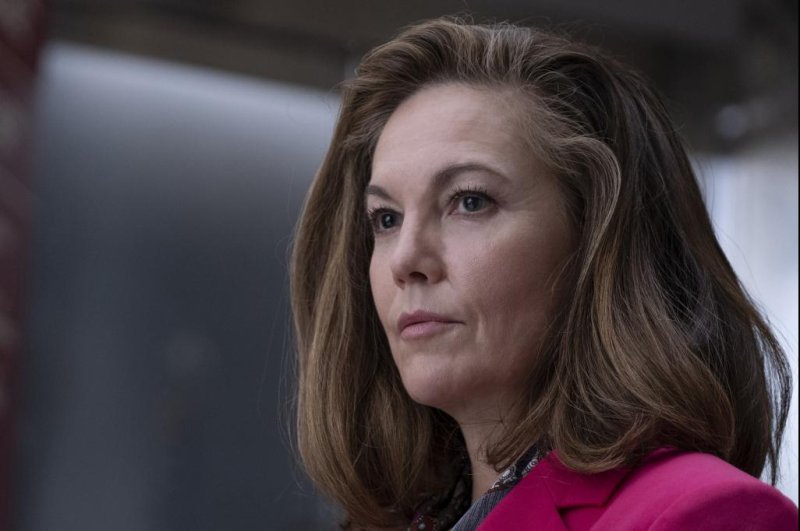Issued on: 14/09/2021 -

Adita Prithika Subramanian is president of the RFI listeners' club Agnichiragu Phoenix, Tirupur, Tamil Nadu, India in the RFI studios, Paris, 13 September 2021. She won the RFI Club prize in the 2020 edition of the ePOP short video prize dedicated to the environment.
© RFI / Ollia Horton
Text by: Ollia Horton
Video by: RFI
The annual ePOP short video competition is an international initiative sponsored by RFI and its partners. It encourages populations exposed to environmental and climate change to share their experiences and challenges. RFI met with Adita Prithika Subramanian, from Tamil Nadu, India, one of the winners of the 2020 edition.
Adita Prithika Subramanian, from Tirupur, India won the 2020 RFI Club Prize in the annual ePOP video contest for her film Farming between Factories, a look at the sources of pollution in Tamil Nadu state in southern India, the heart of the country's textile industry.
In the video, we hear about local farmers who have been selling their land as the number of hosiery plants grows.
Without proper waste management, the effluent from the industry is destroying the nearby waterways which nourish the community.
"Since resources are scarce, we are skeptical and apprehensive of a bleak future," says 50 year-old Geeta Palaniswarmy says in the video.
A farmer in the village of Kovil Vali, whose family have been cultivating the land there for over a hundred years, she remembers a time of abundant rainfall and bountiful harvest, but she says climate change is bringing hotter temperatures.
Adita Prithika's prize included a trip to Paris to attend an ePOP workshop and five ePOP kits for her club to continue her projects (tripod, lavalier microphone, USB key, report bag, and t-shirt).
Because of the Covid pandemic, her trip to France was postponed until September 2021, where she was able to join the 2021 winners and participate in the IUCN World Conservation Congress in Marseille.
Adita joined RFI's Ollia Horton in the studio to talk about the highlights of her trip, why she is enthusiastic about being the president of the RFI Agnichiragu Phoenix Listeners' Club and what she would like to film next
Text by: Ollia Horton
Video by: RFI
The annual ePOP short video competition is an international initiative sponsored by RFI and its partners. It encourages populations exposed to environmental and climate change to share their experiences and challenges. RFI met with Adita Prithika Subramanian, from Tamil Nadu, India, one of the winners of the 2020 edition.
Adita Prithika Subramanian, from Tirupur, India won the 2020 RFI Club Prize in the annual ePOP video contest for her film Farming between Factories, a look at the sources of pollution in Tamil Nadu state in southern India, the heart of the country's textile industry.
In the video, we hear about local farmers who have been selling their land as the number of hosiery plants grows.
Without proper waste management, the effluent from the industry is destroying the nearby waterways which nourish the community.
"Since resources are scarce, we are skeptical and apprehensive of a bleak future," says 50 year-old Geeta Palaniswarmy says in the video.
A farmer in the village of Kovil Vali, whose family have been cultivating the land there for over a hundred years, she remembers a time of abundant rainfall and bountiful harvest, but she says climate change is bringing hotter temperatures.
Adita Prithika's prize included a trip to Paris to attend an ePOP workshop and five ePOP kits for her club to continue her projects (tripod, lavalier microphone, USB key, report bag, and t-shirt).
Because of the Covid pandemic, her trip to France was postponed until September 2021, where she was able to join the 2021 winners and participate in the IUCN World Conservation Congress in Marseille.
Adita joined RFI's Ollia Horton in the studio to talk about the highlights of her trip, why she is enthusiastic about being the president of the RFI Agnichiragu Phoenix Listeners' Club and what she would like to film next

 Emissions-heavy products such as beef, milk and rice receive the most support despite their potentially negative climate impact
Emissions-heavy products such as beef, milk and rice receive the most support despite their potentially negative climate impact









